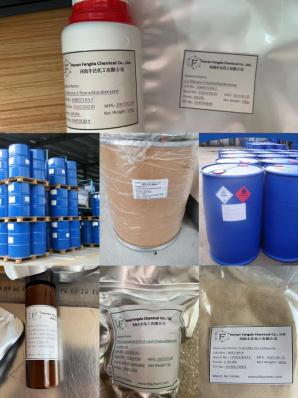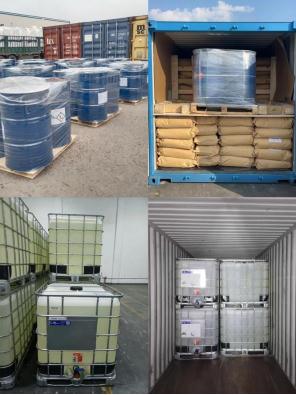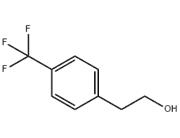| Description | Caffeic acid phenethyl ester is a NF-κB inhibitor. |
|---|
| Related Catalog | Research Areas >> Cancer Research Areas >> Inflammation/Immunology Natural Products >> Phenylpropanoids |
|---|
| Target | NF-κB |
|---|
| In Vitro | Caffeic acid phenethyl ester is a NF-κB inhibitor. Cell survival and proliferation of CRPC cell lines are all significantly suppressed by Caffeic acid phenethyl ester (CAPE) treatment dose-dependently. The growth inhibitory effect of Caffeic acid phenethyl ester is evident within 24 hours of treatment but the suppressive effect accumulates over time. The IC50 of 24, 48, 72, and 96 h Caffeic acid phenethyl ester treatment on LNCaP 104-R1 cells is 64.0, 30.5, 20.5, and 18.0 μM, respectively. Colony formation assay reveals that treatment with 10 μM Caffeic acid phenethyl ester reduces colony formation of LNCaP 104-R1 cells by 90% while treatment with 20 μM Caffeic acid phenethyl ester completely blocks the formation of LNCaP 104-R1 colonies. Flow cytometric analysis reveals a reduction of cells in the S phase and G2/M phase but an increase of cells in the G1 phase population in LNCaP 104-R1 cells under Caffeic acid phenethyl ester treatment. Caffeic acid phenethyl ester treatment also significantly decreases protein levels of fatty acid synthase (FAS), retinoblastoma protein (Rb), phospho-Rb Ser807/811, c-Myc, p70S6kinase, phospho-p70S6kinase Thr421/Ser424, Skp2, p90RSK, and NF-κB p65[1]. |
|---|
| In Vivo | Administration of Caffeic acid phenethyl ester (CAPE) by gavage (10 mg/kg body weight per day) for eight weeks results in 50% reduction of tumor volume, suggesting that Caffeic acid phenethyl ester treatment retards the growth of LNCaP 104-R1 xenografts. Caffeic acid phenethyl ester gavage slows down the tumor growth of LNCaP 104-R1 cells, which is consistent with our observation that Caffeic acid phenethyl ester treatment induces cell cycle arrest but not apoptosis[1]. |
|---|
| Kinase Assay | LNCaP 104-R1 cells are treated with 0, 10, 20, or 40 μM Caffeic acid phenethyl ester (CAPE) for 96 h. Three biological replicates of cells are lysed in SDS lysis buffer (240 mM Tris-acetate, 1% SDS, 1% glycerol, 5 mM EDTA pH 8.0) with DTT, protease inhibitors, and a cocktail of phosphatase inhibitors. Micro-Western Arrays are performed to measure protein expression and phosphorylation status modification[1]. |
|---|
| Cell Assay | LNCaP 104-R1 cells are seeded at a density of 3×103 cells per well in a 96-well plate. After 24 h, the cells are treated with increasing concentrations of Caffeic acid phenethyl ester (CAPE) for 96 h. Cell viability is assessed by an MTT (3,4,5-dimethylthiazol-2-yl)-2–5-diphenyltetrazolium bromide) assay. The amount of formazan is determined by measuring the absorbance at 560 nm using a plate reader. All results are normalized to the average of the control condition in each individual experiment. All experiments are repeated three times. Each time ten wells are utilized for each condition. The mean and standard deviation represent the results from all 30 wells in the three experiments[1]. |
|---|
| Animal Admin | Male Balb/c nu/nu mice at age 6 to 8 weeks of age are injected subcutaneously in both flanks with 5×105 LNCaP 104-R1 cells suspended in 0.5 mL of Matrigel and are injected subcutaneously into athymic mice to form tumors. After 14 weeks, the average tumor volume exceeds 150 mm3. The mice are then separated into control group and Caffeic acid phenethyl ester (CAPE) treatment group. Control group contains 6 mice and 8 tumors, while Caffeic acid phenethyl ester treatment group contains 6 mice and 9 tumors. Caffeic acid phenethyl ester (10 mg/kg/day in sesame oil) or vehicle (sesame oil) is administered by gavage starting from 14th week after cancer cell injection. Tumor volume and body weight of mice carrying 104-R1 xenografts are measured weekly using calipers and volume is calculated using the formula volume=length×width×height×0.52[1]. |
|---|
| References | [1]. Lin HP, et al. Caffeic acid phenethyl ester induced cell cycle arrest and growth inhibition in androgen-independent prostate cancer cells via regulation of Skp2, p53, p21Cip1 and p27Kip1. Oncotarget. 2015 Mar 30;6(9):6684-707. |
|---|

 China
China







